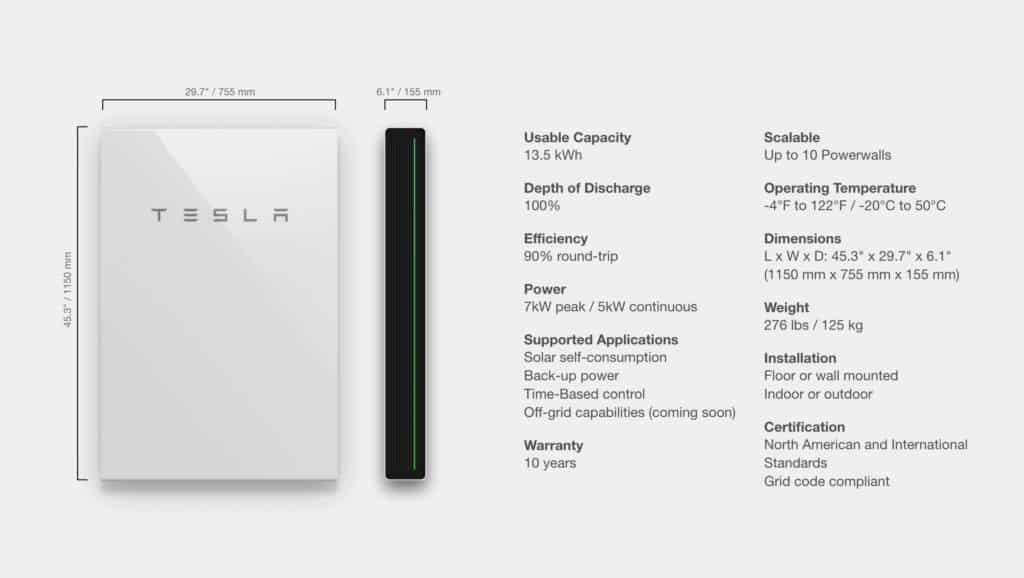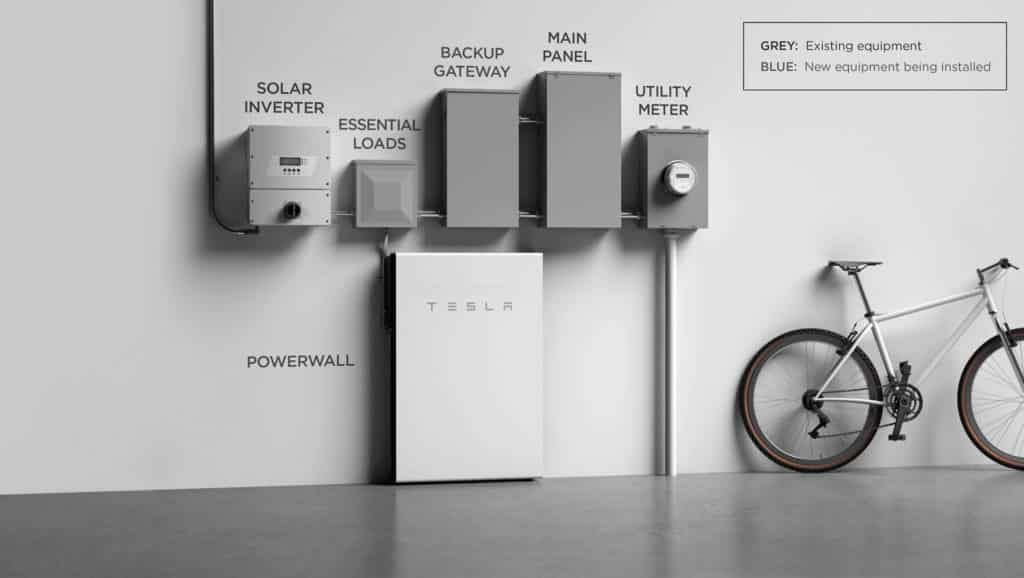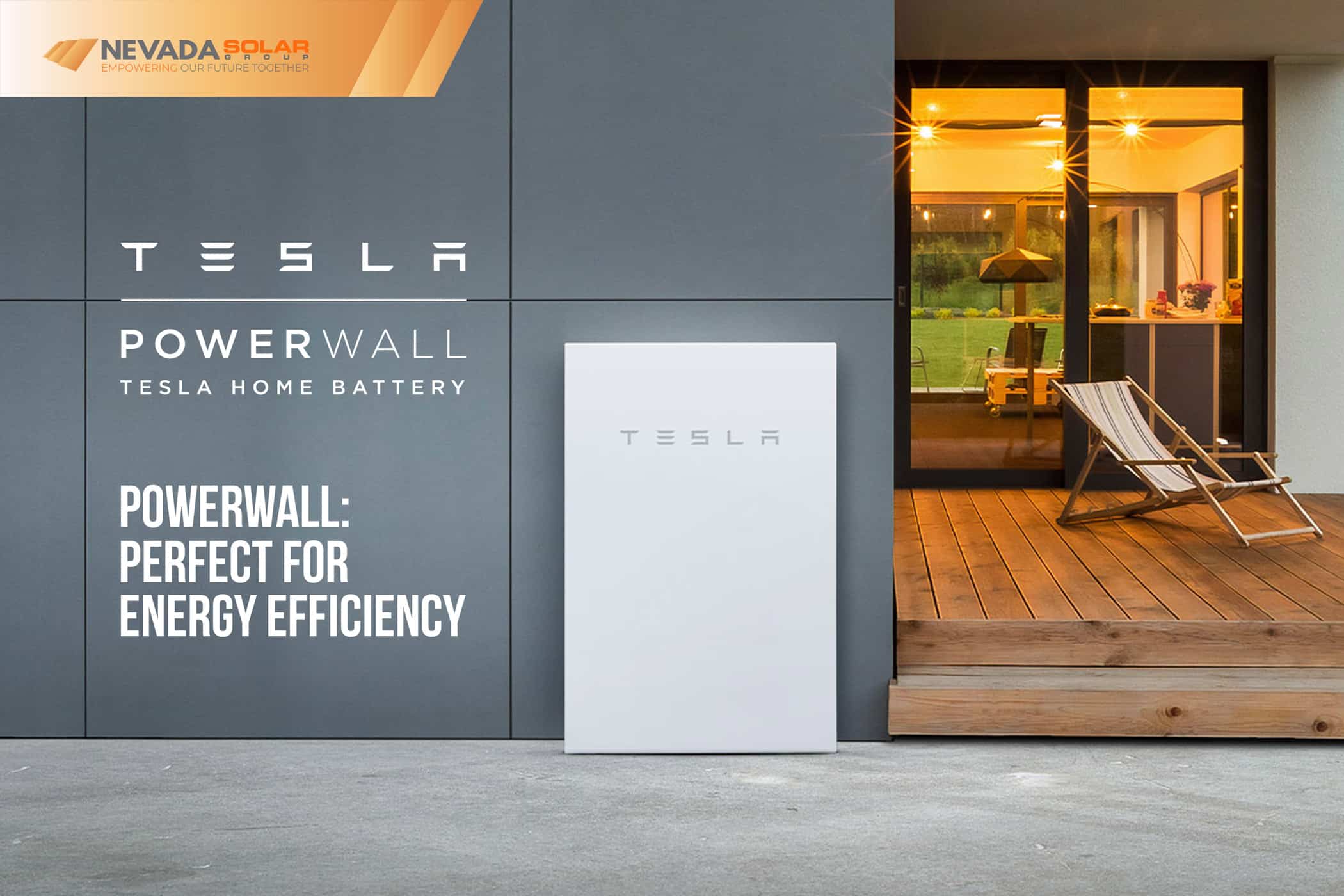Cutting-edge and affordable energy conservation are now possible with Tesla Powerwall. During daily power outages and periodical blackouts, thoughts on how amazing it’d be to have stored energy for such cases come to mind. Thoughts are now a possibility to realize through Tesla home battery. Being a home battery capable of conserving excess solar energy, a powerwall provides one with extra energy to consume upon demand. Besides its primary function, you may acknowledge numerous Tesla Powerwall specs and benefits throughout this article. Let’s proceed and see how this fantastic home battery can aid your lifestyle.
Key Features
Do you know what you get after purchasing a Tesla Powerwall? Surely we will explore together, but one thing is for sure: you get a lot. First, what attracts this particular home battery is its technical specifications that are specifically chosen to provide the best possible experience to consumers. For you to picture how well it is composed technology-wise, I’d be delighted to tell you that it has 14 kWh energy capacity, 90 percent round trip efficiency, three operating modes, and all of that within 251.3 lbs equipment. If these numbers don’t tell you a thing, market analysis shows that this particular powerwall has the highest capacity among PV panel batteries.

Three Operating Modes
Among the technological specs, three operating modes are mentioned. These include Solar Self-Consumption, Time-Based Control, and Backup Power. Even though such a specialty may look unnecessary to you, but these modes help the solar consumer control when and how the battery stores and gives out power.
Solar Self-Consumption Mode
The first mode, called Solar Self-Consumption, takes care of energy usage upon demand by itself. That is, it collects extra energy generated by PV modules. As soon as the need to power the home arises because of a lack of solar power, the powerwall starts electrifying it.
Time-Based Control
The second mode, Time-Based Control, ensures savvy consumption of the home battery with on-grid PV panels. In some sense, it helps the consumer to cover Tesla Powerwall cost. How is that possible? The essence of this mode is to monitor peak times of electricity prices and stop drawing energy from it until energy rates get back to either average or cheap. To make it simpler, the powerwall collects energy from the grid during reasonable energy rates. Then, it gives you the possibility of using the stored energy during expensive electricity rates. Such a mechanism helps you to save money on electricity. Accordingly, savings slowly start covering the initial price of Tesla Powerwall.
Backup Power
The third mode, called Backup Power, is what you need during power outages or, even worse – blackouts. At first glance, this mode can seem useless as the main feature of the home battery is to contain backup power. However, if this mode is on, the Tesla Powerwall doesn’t let out energy upon demand unless it is a power outage or a blackout. If with other modes the equipment distributes the stored energy according to needed activities to perform, with this mode it lets out 100 percent of conserved energy for the purpose of powering home when there is no electricity available regionally.

Tesla Powerwall Cost Affordability Is Beyond Expected
For many customers, including myself, price defines quality. However, when things concern equipment like Tesla Powerwall, I reconsider such a definition because of the competitive market. Most of the time, PV panel companies put lower-than-expected prices on products to lure customers. For the majority of the time, they work based on the motto quality defines the price. Regarding Tesla home battery, it is nothing in-between these two mottos.

The quality and the number of specs that it brings to the consumer override the low price. Among its competitors, it provides the lowest price possible for the full package of benefits and possibilities. For each kWh storage capacity, Tesla home battery charges approximately $630. Small market research will ensure you that this is the lowest price possible for the magical equipment.
Final Note
Tesla Powerwall, with all its benefits and specs, is worth being added to your solar panel system. Not only it helps you to save energy, but it also adds up your financial savings.
Forget power inaccessibility with Tesla Powerwall.
The author of a publication: Veronika Abrahamyan
